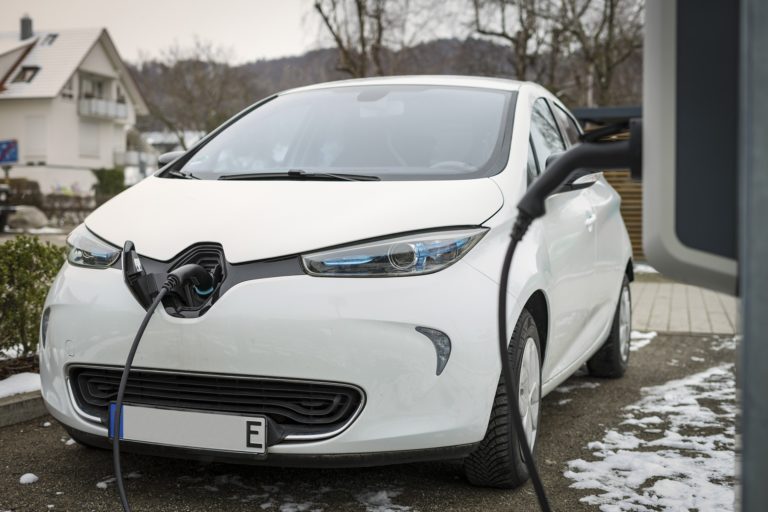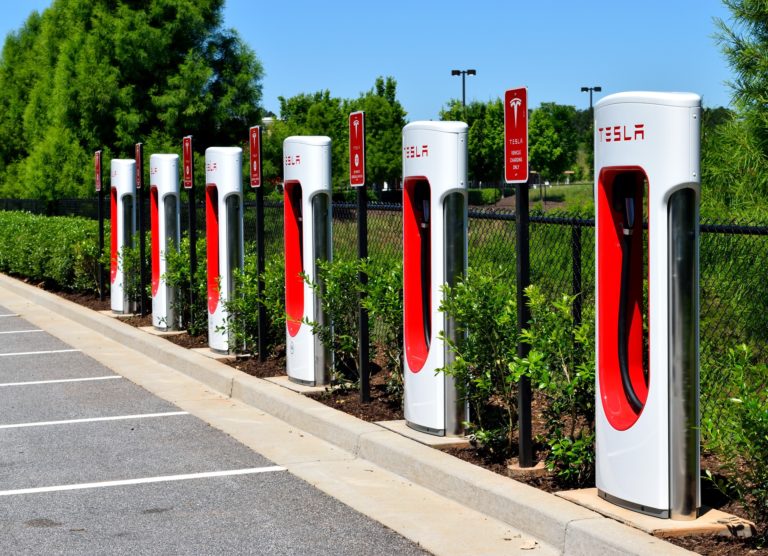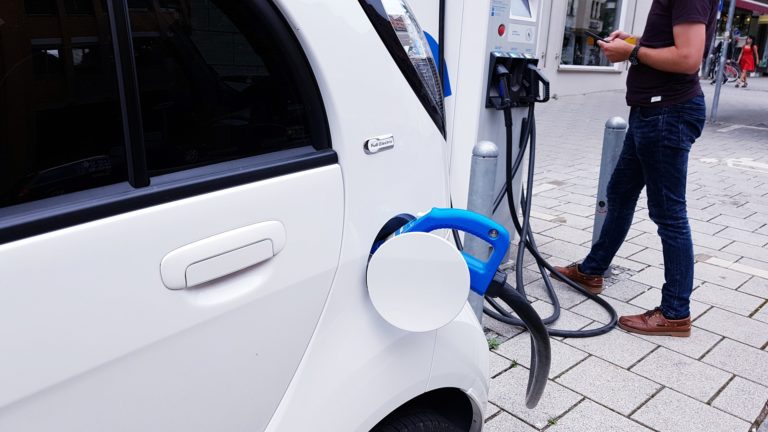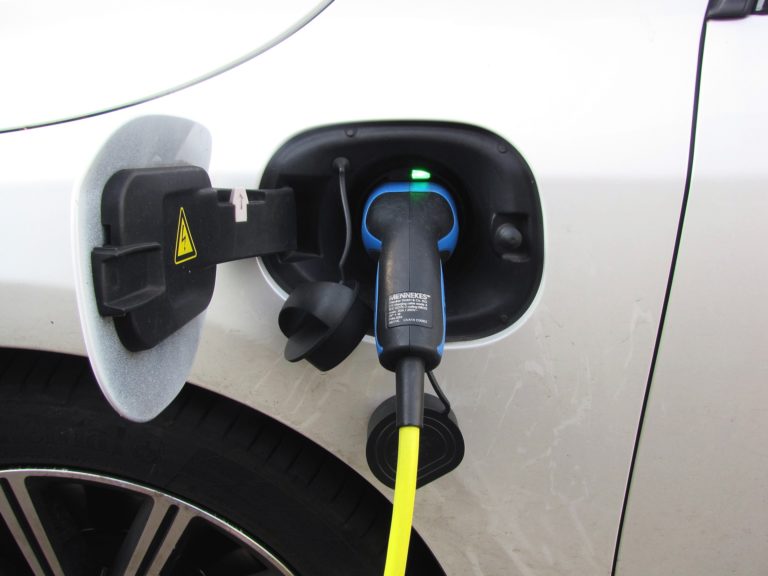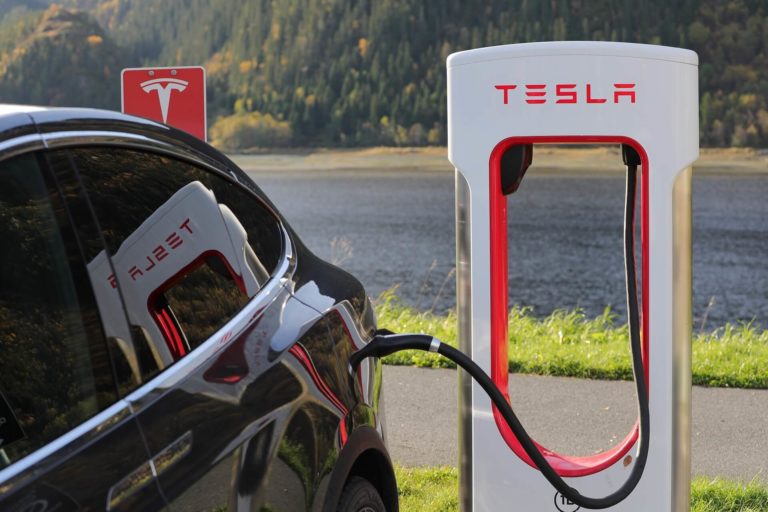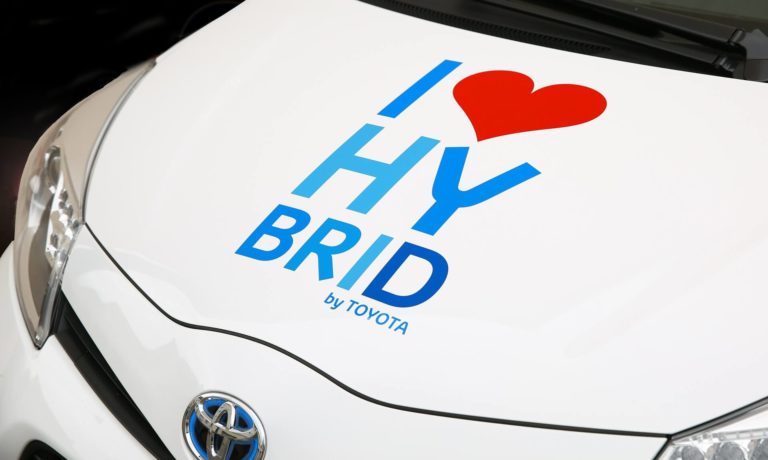There’s so much buzz around electric vehicles and their different variations that it’s hard to keep up. Usually when the media refers to ‘electric vehicles’, they are generally referring to Battery Electric Vehicles (BEVs) such as Teslas or Hybrid Electric Vehicles. In general, ‘Electric Vehicles’ is an umbrella term that refers to any vehicle that uses electricity to propel the vehicle.
However, there are types of electric vehicles that people don’t realise are electric vehicles, because they receive little media coverage. For example, hydrogen fuel cells vehicles or commonly referred to as Fuel Cell Electric Vehicles (FCEV) are also electric vehicles.
What exactly counts as an Electric Vehicle (EV)?
In short electric vehicles use an electric motor that is powered by an electric current to propel the vehicle. Full electric vehicles only use the electric motor as a source of propulsion and has no internal combustion engine or associated parts such as gas tanks, pumps and pipes. Battery Electric Vehicles (BEVs) and Fuel Cell Electric Vehicles (FCEVs) are full electric vehicles. BEVs use stored in electrical energy in their battery packs to drive the motor. Meanwhile, FCEVs utilize the electric current produced by the electrochemical reaction between hydrogen and oxygen.
However, vehicles that aren’t fully electric such as hybrid electric vehicles (HEVs) and plug-in hybrid electric vehicles (PHEVs) are also classed under EVs.
The Types of Electric Vehicles (EVs)
EVs are starting to overtake regular gasoline powered vehicles. Electric vehicles are more efficient because the electric motor itself has a much higher efficiency (~80%) compared to internal combustion engines (a mere 30%). They are also cleaner than gasoline cars as they don’t produce CO2 emissions (if you discount the CO2 emissions during the industrial manufacture of the car parts themselves).
EVs are also generally smoother in operation and require lower maintenance work as they have less moving parts than traditional vehicles.
Besides BEVs getting an advantage from the higher efficiency of the motor itself, they also employ other methods to conserve energy. For example, most EVs employ regenerative braking to recover energy that would otherwise be lost as heat during braking. Here, the motor reverses direction during braking and acts like a generator. The generated electricity is stored for future use in the batteries.
What is holding EVs back?
The only thing holding EVs back from overtaking gasoline powered vehicles are their cost and low energy density. These seem to be changing though, as EV manufacturers are rigorously innovating better and cheaper ways to manufacture and operate EVs.
Electric Vehicles can be classified into five types:
- Battery Electric Vehicles (BEVs)
- Fuel Cell Electric Vehicles (FCEVs)
- Hybrid Electric Vehicles (HEVs)
- Plug-in Hybrid Electric Vehicles (PHEVs)
- Extended Range Electric Vehicles (E-REVs)
The following list will explain these types of electric vehicle and a basic overview of how they function, what they are best suited for and their limitations.
Battery Electric Vehicles (BEVs)
As its name suggests, Battery Electric Vehicles use batteries as their main source of power to drive the electric motor. They are also known as ‘pure electric’ vehicles or ‘All Electric Vehicles- AEVs’. As they rely solely on the batteries to power every task of the car, they tend to have pretty large and heavy battery packs and take a while to be fully charged.
The batteries on BEVs are rechargeable and so, need to be regularly charged. There are three primary ways of charging a BEV, both at home or at service stations:
- Charging at home using a standard 120 V wall outlet. As the voltage is quite low, this will take a really long time to be fully charged. Typically, one hour of charging will get you about 2-5 miles.
- Using an EVSE (Electric Vehicle Standard Equipment)- This operates on a 220/240 V circuit and can be done at home if you have an EVSE installed or at an electric vehicle service station. While this is faster than charging with a 120V outlet, it still takes an hour to cover a mileage of around 10-25 miles.
- Using a DC Fast charger is the fastest method to charge an EV. They can charge up to 80% of the full charge in less than one hour.
BEVs can typically cover a range between 60 and 120 miles on a full charge. The range for a BEV is a crucial factor to consider because it will determine how long you can go before needing to be recharged. And, recharging a BEV is still less convenient and more expensive than for a gasoline vehicle.
Pricing for BEVs
However, the opportunity cost of buying a high range EV is its high price tag. There are also few affordable EV options out there such as the Hyundai Ioniq Electric that has a mileage of 124 miles and is widely regarded as the top electric car in recent years.
Their Best Use: As recharging can be quite inconvenient, BEVs are most suitable for shorter journeys such as running daily errands or commutes to work.
Here are a few examples of BEVs in the market:
- Tesla X
- Kia Soul
- Volkswagen e-Golf
- Hyundai Ioniq
- Nissan LEAF
- BMW i3
Fuel Cell Electric Vehicles (FCEVs)
Like BEVs, FCEVs also power the electric motor though an electric current. But the chemical reaction in a fuel cell result in the production of the electric current. They also don’t use an internal combustion engine like BEVs. Electricity powers the vehicle propulsion directly, so it also counts as a ‘full electric’ vehicle.
In the fuel cell, there is a positive terminal (cathode), a negative terminal (anode) and an electrolyte. Hydrogen is delivered to the cathode from the hydrogen storage tank through a series of pipes. At the cathode, the hydrogen atoms are stripped of their electrons and become positively charged protons.
As the protons are now attracted to the negatively charged anode, they will travel towards via the electrolyte. The electrolyte is made from a special material that only allows protons to pass through them. The electrons from the hydrogen atoms will also flow towards the anode, separately in an external circuit. This flow of electrons is known as the current and it is what drives the electric motor.
FCEVs were once hailed as the future of the automotive industry, even before BEVs took over. This is because of their superior performance and how easy and quick they are to recharge, compared to BEVs. On a full tank, FCEVs can cover a much higher range than a fully charged BEV.
However, FCEVs have limitations around the cost and convenience of refuelling that prevent them overtaking BEVs, let alone regular gasoline vehicles. The technology is still quite new and it is much easier to find a gas station than a hydrogen refuelling station.
Here are some examples of FCEV models:
- Honda FCX Clarity
- Toyota Mirai
- Mercedes Benz F-Cell
- Hyundai Nexo
Hybrid Electric Vehicles (HEVs)
HEVs are the second most popular type of electric vehicles. The introduction of the Toyota Prius in the late 90’s helped with their popularity.
HEVs use both electricity and petrol/diesel as their fuel source. They also have an internal combustion engine as well as an electric motor. At low engine speeds, they use the electric motor as they provide higher torques at lower speeds. As the speed increases, it employs the internal combustion engines that provide higher torques at higher speeds.
The motors are controlled by an electronic system that makes the decision on if it’s better to use the engine or the electric motor, depending on driving conditions.
Like BEVs, they also employ regenerative braking. Some models of HEVs include:
- Honda Civic Hybrid
- Toyota Prius Hybrid
- 2010 Tesla Roadster
- 2010 Chevrolet Equinox
Plug-in Hybrid Electric Vehicles (PHEVs)
Plug-in Hybrid Vehicles use an external source to charge the electric motor like a BEV, and hence its name. As a result, they are able to achieve a zero-emission range meaning that emits less than 75g of CO2 per km. They are also able to make significant savings on energy costs, compared to other hybrids.
As they aren’t fully electric and don’t need large batteries, they are smaller than BEVs.
However, they can only rely on electric power for short distances before having to turn to gas power. So, if you don’t want to use gas on a PHEV, they are terrific for short journeys at low speeds.
Some examples of PHEVs include:
- Volkswagen Golf LTE
- Toyota Prius Plug-In
- Ford Fusion Energi
- Audi A3 E-Tron
Extended Range Electric Vehicles (E-REVs)
E-Revs are similar to HEVs and PHEVs. They are not fully electric and use both electricity and petrol/diesel. They have both an electric motor and a combustion engine. However, the design is to primarily run on electricity while using the combustion engine as a back-up.
The engine only employs when absolutely necessary, such as when the battery runs out of power.
They produce low CO2 emissions due to their reliance on electric power, about 20 g/km which is lower than that of HEVs. They can also cover large ranges solely using electric power, and hence the name, Extended Range Electric Vehicles. Some can go up to around 125 miles using only electricity.
Some examples of E-REVs are:
- BMW i3 and i8
- Chevrolet Volt

